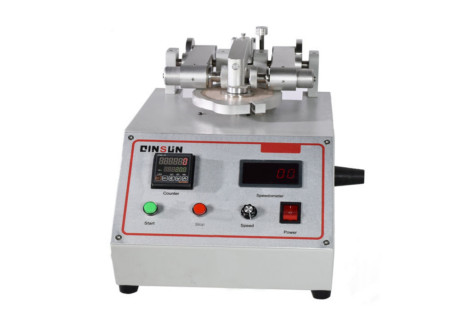- Qinsun Instruments Co., Ltd.
- Tell:+86-21-6780 0179
- Phone:+86-17740808215
- Address:No. 2578 Minhang District Gu Dai Road, Shanghai
- Contact:Mr. Li
- QQ:846490659
Selection guide for frequency meters

Selection guide:
1. Type selection
The selection of instruments should not only be based on the purpose, but also on the usage environment and measurement conditions. Instruments used on distribution boards, switch boards, and instrument panels should be of a type suitable for vertical installation, while most laboratories choose a type suitable for horizontal placement.
2. Accuracy selection
The level of an instrument is a measure of its accuracy, which can be divided into seven levels: 0.1, 0.2, 0.5, 1.0, 1.5, 2.5, and 5.0. The level value refers to the percentage of error that may occur during instrument measurement to the full scale. For example, when measuring with an ammeter with a 0.1 level range of 10A, an error of 10Ax0.1% -0.01 A may occur.
When using instruments, it is necessary to choose the accuracy of the instrument reasonably. Although the accuracy of measuring instruments is better, there is no need to blindly pursue high accuracy because the higher the accuracy of the instrument, the more expensive it is, and the higher the requirements for use, such as constant temperature, humidity, and dust-free. In the absence of working conditions, the measurement results may be inaccurate. On the other hand, instruments with low accuracy should not be used to cause significant measurement data errors, The accuracy of the instrument should be selected according to actual needs, with an accuracy level of 0.1? 0.2 level instruments are usually used as standard tables to calibrate other instruments. A laboratory usually uses 0.5? 1.5 level instrument. When the production department monitors the production process, the instruments on the distribution panel and control panel are 2 5? Level 5.0.
3. Star path selection
The range of an instrument refers to the value that the instrument allows to measure, and the instrument range should be selected based on the range being measured. When selecting a range, the measured value should be as close as possible to 2/3 of the full scale value or at least half of the full scale value. When the measured size cannot be estimated, a large range instrument can be used for testing first, and then adjusted to the appropriate range according to the instrument's instructions.





